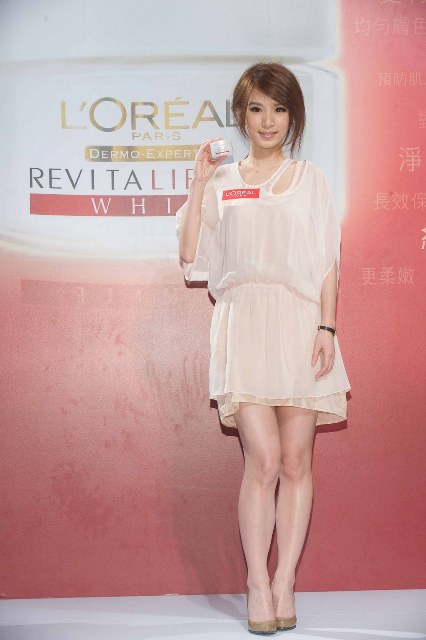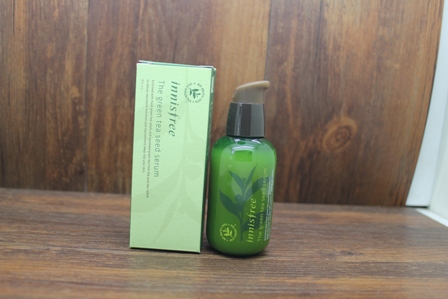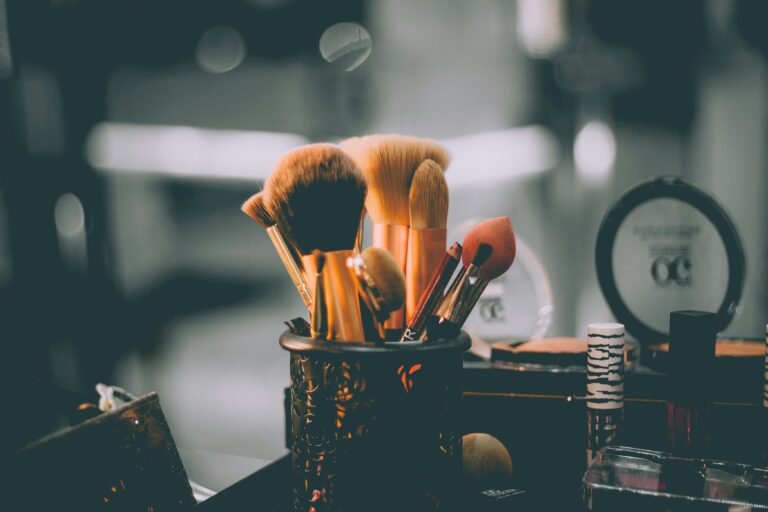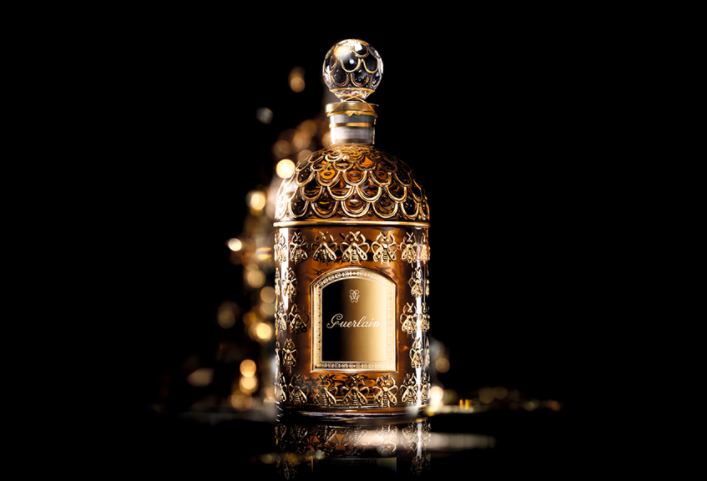China’s cosmetics market has still some great potential, with the two major driving forces that are the growing Chinese household incomes and the increasing pursuit of personal. China’s skin care product market, 212 million $, is the largest in the world. However the amount of per capita consumption of skin care products in Japan is $127 per year, while the number of China is $16 per year, even in big cities as Beijing, Shanghai, Guangzhou, and other big cities the number is only $30 per year, which shows great potential for development. Since 2015, moderate growth is becoming the norm in China’s fast-moving consumer products market. The millennium has become the main consumers of the cosmetic market. The growth of the online business is rapid as more and more Chinese consumers buy fast consumer goods online.
L’Oréal in China 
In 1996, France’s largest cosmetics brand L’Oréal (In Chinese 欧莱雅) has open its branch in China with a distribution department in Hong Kong, and with point of sales around China’s big cities, Guangzhou, Shanghai, and Beijing. In 2003, L’Oréal China wholly acquired the brand “the little nurse”. January 26, 2004, L’Oréal Group acquired Yuesai. After a series of acquisitions, L’Oréal with the help of China’s mature low-end brands improved their efforts in the country to enhance the presence of the brand. After the successful acquisition of Maybelline brand, through Maybelline’s sales channels, L’Oréal quickly occupied the Chinese cosmetics market.
The digital transformation has brought new opportunities for the development of L’Oréal. The financial statements for the first half of 2015 show that L’Oréal’s online retailer sales revenue had a growth of more than 40%, accounted for 4% of the total sales, contributing for more than 10 billion Euros to the Net sales, called a landmark breakthrough.
In 2015, L’Oréal in China achieved its total sales of about 14.300 billion Yuan, an increase of 7.7% over last year. This is the first time that the huge cosmetic brand in China has a growth below 10%. But L’Oréal still has the ability to continue its lead in the Chinese beauty cosmetics market with a healthy and stable sustainable growth.
Shiseido in China
As the earliest brand to enter the Chinese cosmetics market, Japan’s largest cosmetics brand Shiseido (In Chinese 资生堂) in China maintained 30 years of steady growth performance. However, in the past few years, compared to other competitors, Shiseido’s pace of development is somewhat slow. Chinese market sales accounted for 14.8% of Shiseido’s global sales which was 114.800 billion, an increase of only 2.8% while the total sales of L’Oréal China in 2015 has reached 14.300 billion Yuan, an increase of 7.7%.
Shiseido is today fully focus on its brand remodeling. and will increase the investment in Marketing and communication, in order to build a clear brand story and position. Shiseido will increase the localization of R&D in china. In addition to the current R&D center in Beijing, Shiseido is considering adding research facilities and employees in Shanghai, in order to start the localization of the product from the development stage.
Kiehl’s in China
Kiehl’s had become famous in China for only a five years period, the brand is indeed really present in terms of its brand reputation, its sales, and its digital marketing strategy. Kiehl’s plays a different approach and its strategy tends to be close to the consumers with simple packaging line and products similar to the high-cost product from the pharmacy. Word-of-mouth marketing is a major feature of Kiehl’s in China.
In line with his high-end brand positioning, tourism retail channels become another entity channel for Kiehl’s strategy. Indeed, Kiehl’s is the first high-end cosmetics to have it stores in China’s train.
Innisfree in China
 In 2004, Amore Pacific’s store brand Innisfree (In Chinese 悦诗风吟) came into China for the first time in the form of department store counters. Facing a strong competition, it was just in April 2012, with the adjusted channel and product’s strategy, that Innisfree gets back to the Chinese market. As of 2014, the company opened more than 100 stores in china. Last year, Innisfree hit 500 billion Yuan in terms of sales. As single brand stores, the sales performance of Innisfree has been very fast. In order, to reach those figures, Innisfree has worked on its branding with the concept of its stores where every consumer can test the products, combining with a great mix marketing such as price positioning and excellent location. Psychological demands from consumers are the key to success for the brands.
In 2004, Amore Pacific’s store brand Innisfree (In Chinese 悦诗风吟) came into China for the first time in the form of department store counters. Facing a strong competition, it was just in April 2012, with the adjusted channel and product’s strategy, that Innisfree gets back to the Chinese market. As of 2014, the company opened more than 100 stores in china. Last year, Innisfree hit 500 billion Yuan in terms of sales. As single brand stores, the sales performance of Innisfree has been very fast. In order, to reach those figures, Innisfree has worked on its branding with the concept of its stores where every consumer can test the products, combining with a great mix marketing such as price positioning and excellent location. Psychological demands from consumers are the key to success for the brands.
Contact us at dx@daxueconsulting.com to know more about China’s market




